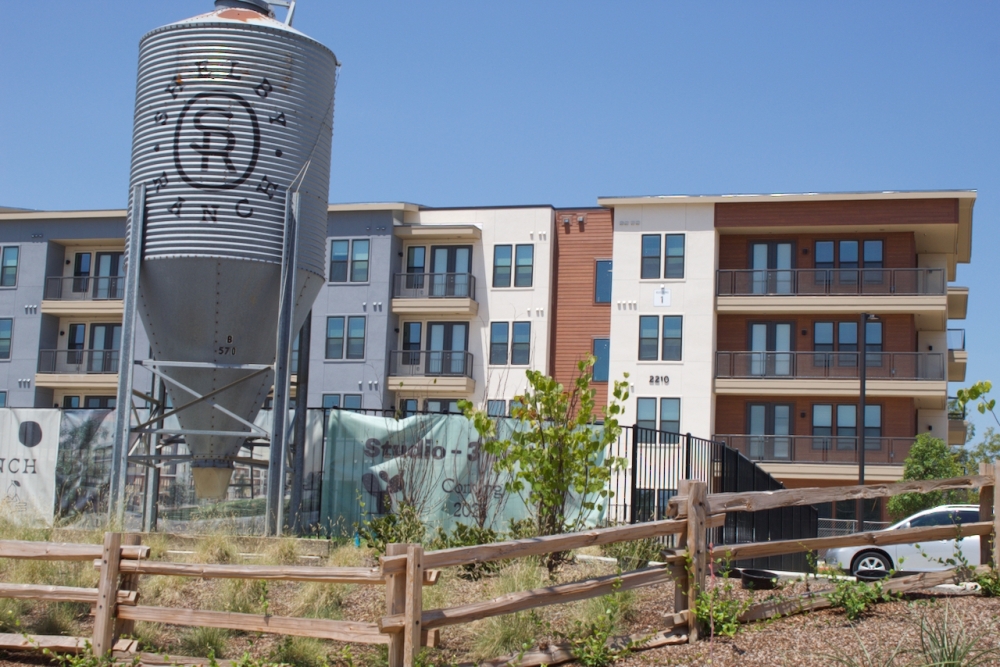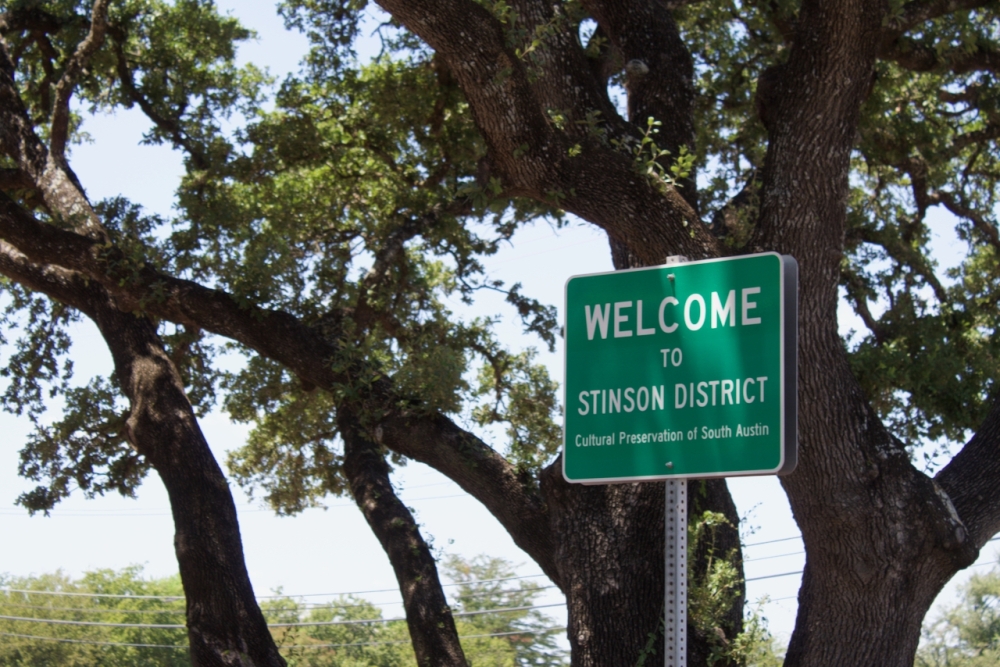The big picture
South of West Slaughter Lane, the bar scene along Menchaca Road has recently boomed with a series of locally owned arrivals in the past few years like The Hive, Armadillo Den, Bodhi's Hideaway and others.
Growth along the 1-mile "South Austin Entertainment District" strip isn't stopping anytime soon with more new restaurants, businesses and residential projects planned or already underway.
Developer James Stinson of Austin NNN owns property throughout the district and is looking to draw spots that fit its locally focused vibe. He's also leading an effort to connect them all along the busy Menchaca corridor with a private pathway running from Slaughter Lane to Slaughter Creek.
“One of the goals of this is to become a regional attraction," Stinson said. "Not just be neighborhood traffic, but also to have other Austinites from other parts of town come down for the experience of walking on the pedestrian trail and trying the different restaurants and the different venues."
Zooming in
Stinson says he's gotten support from some neighborhood property owners to move forward on the trail initiative, with he and others agreeing to use portions of their lots to make it a reality.
However, much of the bar district is situated within a pocket of Austin's extraterritorial jurisdiction, or ETJ—unincorporated land outside city limits, but where some city development and environmental rules still apply.
With that in mind, Stinson petitioned in June to remove almost 100 acres along Menchaca from Austin's oversight under a new state law allowing for such local ETJ releases.
ETJ releases that cover multiple properties must be approved by their landowners in an election. The relevant South Austin voters will decide the ETJ issue with Proposition P in November, one of more than a dozen city ballot measures.
If property is removed from a city ETJ, it becomes unincorporated county land. It's a process that's already been used by scores of landowners around Austin's edge since the new law went into effect.
Stinson said he moved for the release in South Austin largely because Travis County's less intensive permitting reviews could streamline the pedestrian pathway process.
Put in perspective
Given development standards for both the ETJ and county, mobility upgrades like sidewalk additions in front of new buildings or Americans with Disabilities Act access points likely wouldn't be created without private support.
Stinson said Menchaca's 50 mph speed limit coupled with lighting and accessibility gaps led him to believe a separated trail is the safest option for visitors to the growing entertainment district.
“With all that going on, we were just like, ‘OK, there’s a better location for this trail to enhance this area and not just be a sidewalk, to make it a more pleasant walk, make it a safer walk, and get people to some of these places in the ETJ that will never really have connectivity on their own,'" he said.

Frank Navarro, an owner of the development firm MNO Partners, said the district's location in the ETJ has already proven attractive for some businesses given looser regulations there.
MNO is involved in two new apartment projects in the area, and Navarro said ETJ rules likely played a part in bringing some mixed-uses additions and unique venue features.
"You can do some really creative and desirable projects here that almost certainly would not be allowed even right across the street," he said. “[Bars and venues] could really—within reason—do whatever they wanted without worrying about restrictions. And I think that’s what really started to make the entertainment district."
What's next
Regardless of this fall's election outcome, the South Austin Entertainment District is poised for expansion.
Hundreds of apartments now under development will also bring new residents to the area. Off Lynbrook Drive, the Shelby Ranch complex will open with more than 300 apartments this year.

Cosmic Hospitality Group recently announced a new Cosmic Coffee + Beer Garden location off Menchaca, replacing the now-shuttered Indian Roller bar. Across the street, the planned Bolt Social project would bring a new outdoor recreation facility to 10037 Menchaca Road, Austin. Stinson said at least two other bars intend to open their doors in the district.
Overall, Stinson said there's room for more than a dozen additions in the coming years. At the north end of the district, a city zoning case could clear the way for at least seven planned restaurant and bar pad sites just off Slaughter Lane.
Looking ahead, Stinson also said visitors can expect the district's "next generation" of establishments to be mainly restaurants with indoor service and a full kitchen, rather than bars with outdoor food trucks.
“We believe that that raises the bar for the area, and we believe that that gives you a reason to cross-pollinate to a lot of different venues that you maybe wouldn't if you just had a favorite neighborhood bar," he said.
An overarching goal of the entertainment district plan by Stinson and other stakeholders is to preserve South Austin character amid expansion. He said they aim to keep older homes and structures in place, as opposed to taking on the kind of large-scale redevelopment that's transformed other Austin destinations like the Rainey Street Historic District. He's also seeking out Central Texas business owners open to signing long-term leases to maintain stability.
"It’s a variety of opportunities here along the trail for an experience for the day," he said. "We’re still a hodgepodge of different landowners and business owners, and they’re all locally owned too ... and we’re not talking any chains. And so that’s another big fun part of this.”






